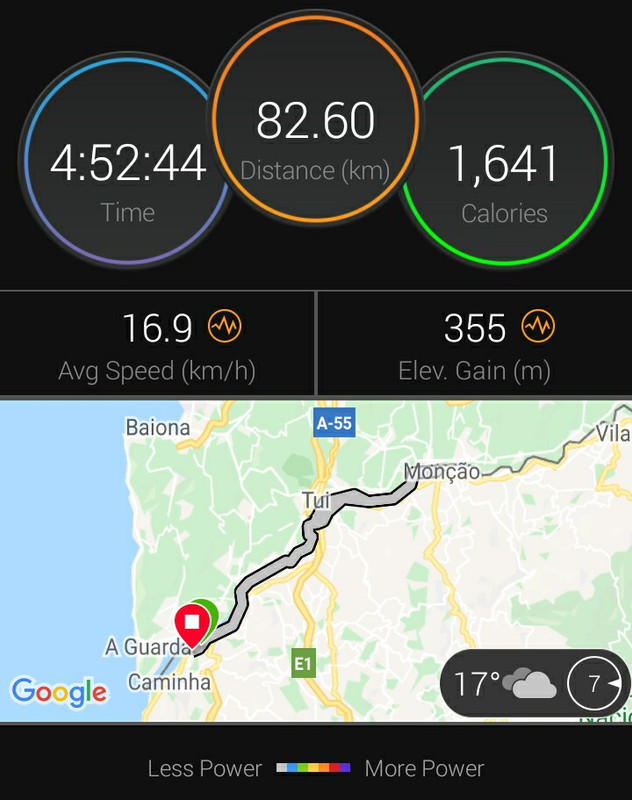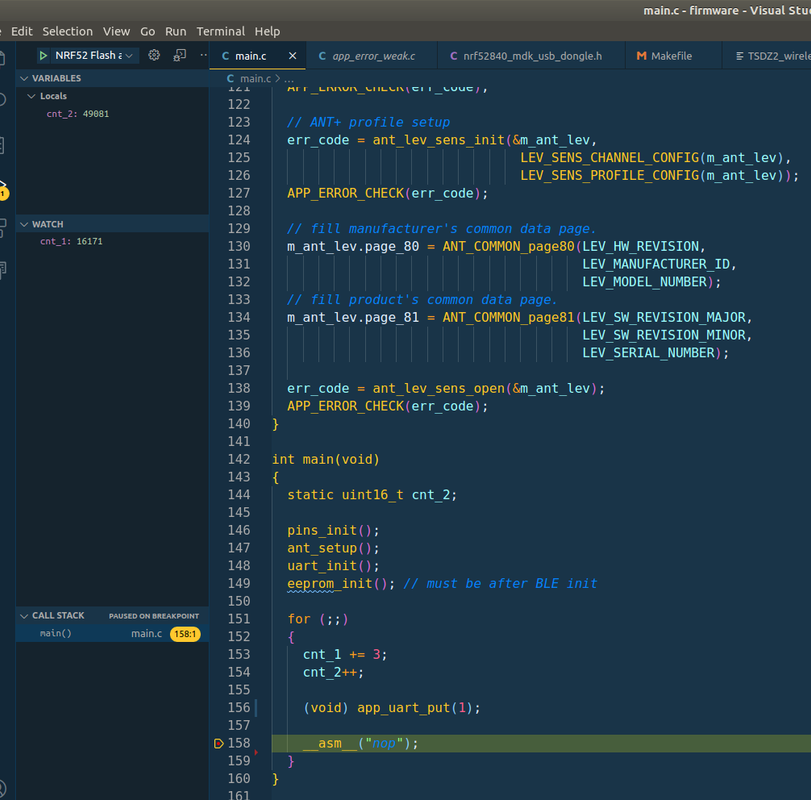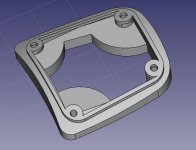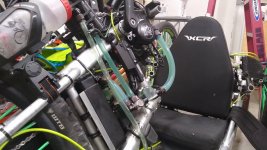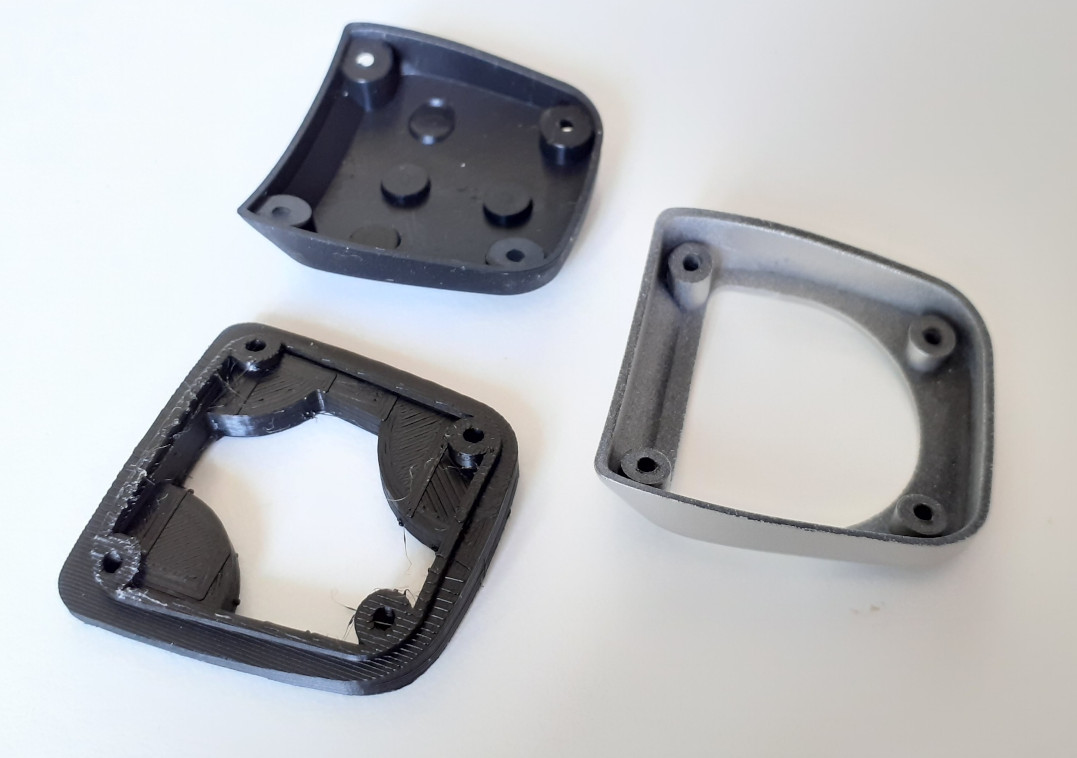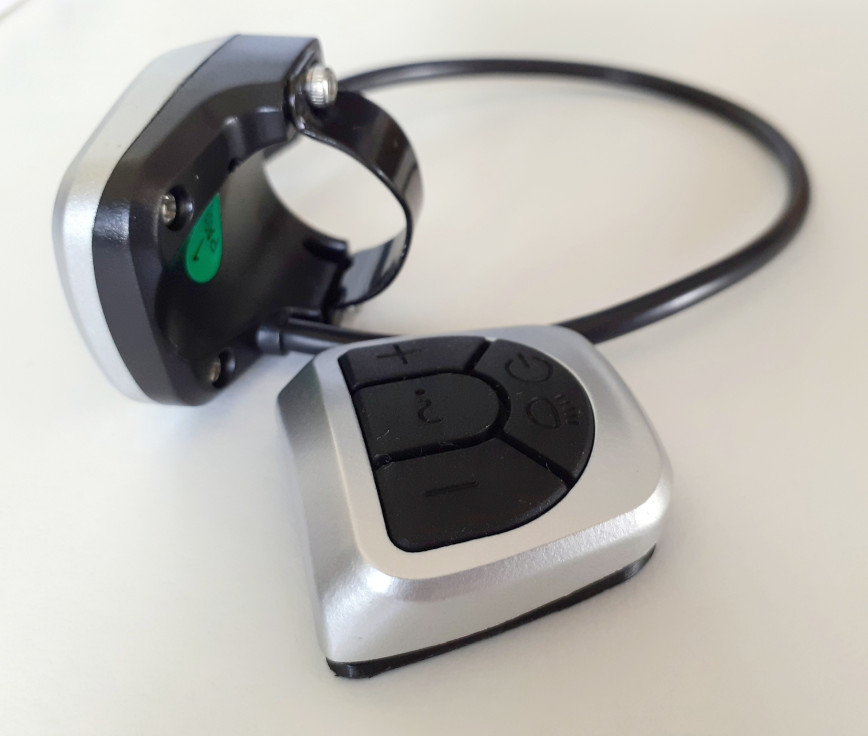Comparing a Specialized EBike with TSDZ2 EBike

On last days, me and my wife, we were far from home, on holidays. We had planned two full days riding our ebikes with TSDZ2. On first day my ebike TSDZ2 did fail and I had to rent an ebike and I had the luck to be able to have a nice Specialized EBike that I was happy to compare with TSDZ2 EBike:
Advantages:
-
more silent motor: a clear advantage on this Specialized EBike is the more silent motor, clearly TSDZ2 is noisier and I think it is due to using metal gears instead of belts.
-
pair with my GPS unit / EBike wireless standard: this Specialized EBike could pair / connect wireless with my GPS Garmin that I use to travel and where I had the tracks / courses of my planned route
Disadvantages:
-
limited assist levels, speed limit of 25 km/s and lack of customization: this EBike had only 3 different assist levels and I wanted to ride form 80 kms, on a flat surface. I decided to ride with assist level 1 to save battery and I found it was to much, I wanted to pedal harder because of fitness purposes and also to save the battery for that 80 kms. I found assist level 1 was to much and my effort was to little for what I wanted... and I could not go fast because it hit the 25 km/h limit.
My wife always use a bit more battery than me and she endup with 25% of battery SOC on his TSDZ2 EBike and I had to pedal the last 5 kms with this Specialized EBike, simple because I could not save battery, because the assist levels are not customized like on our OpenSource firmware for TSDZ2.
-
incorrect battery SOC: the battery range on the display was not correct because the motor did stop at 8% SOC and I had to pedal the last 5 kms. That 8% SOC should be enough for that last 5 kms.
-
heavier: because I always have to lift with my hand the EBikes to put on the car support, I also had to do this 4 times with this Specialized EBike and I found it heavier, even with my EBike with rear panniers and some tools inside.
Experiencing EBike wireless standard with the Specialized EBike
While I was riding I realized that this Specialized EBike is turned on in the battery and not on the display, like if the display is not really needed and quickly I figured out this model could implement the EBike wireless standard. See that I am in the middle of developing the same
EBike wireless standard for TSDZ2.
I had my Garmin GPS unit on the handle bard already because I had our route planned and we were following it. I just had to go to wireless sensors configuration and click on discover new sensors and I got this ones from the Specialized EBike:

Note that the heart rate sensor is the one from my watch:
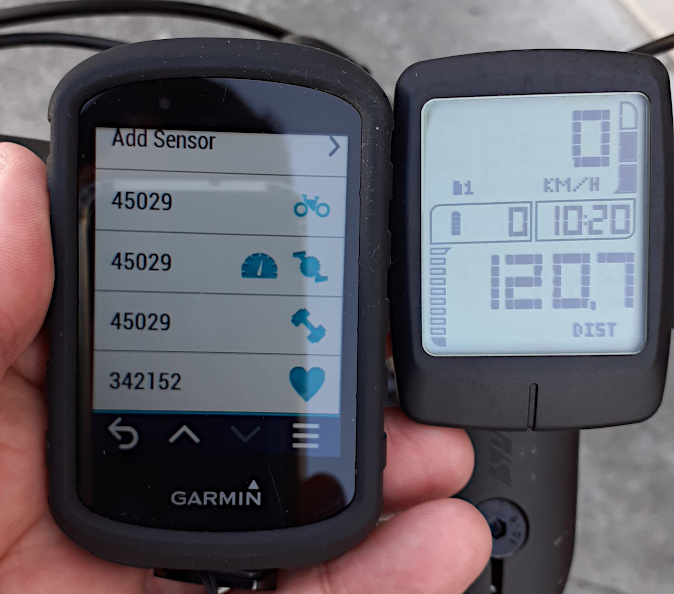
Then automatically the following main screens were added:

EBike main screen to control assist level, see battery status and light status:

At the end of our ride, on the Garmin app, we can see graphs of fitness and cycling metrics but also the pedal human power, speed and cadence were recorded:


And interesting is that there is a map showing the route but with color gradients that we can select for some variables and the pedal human power was available:
